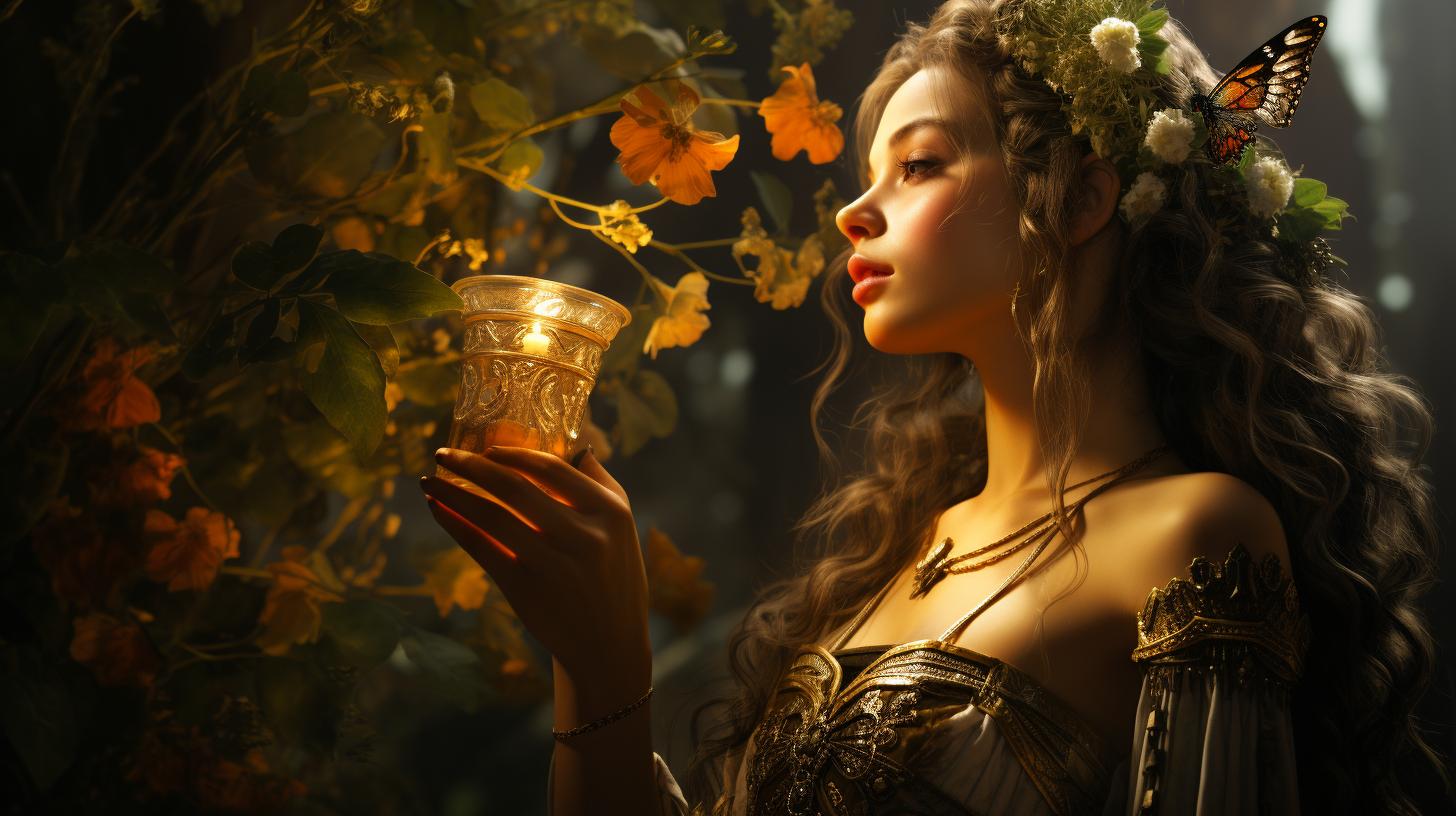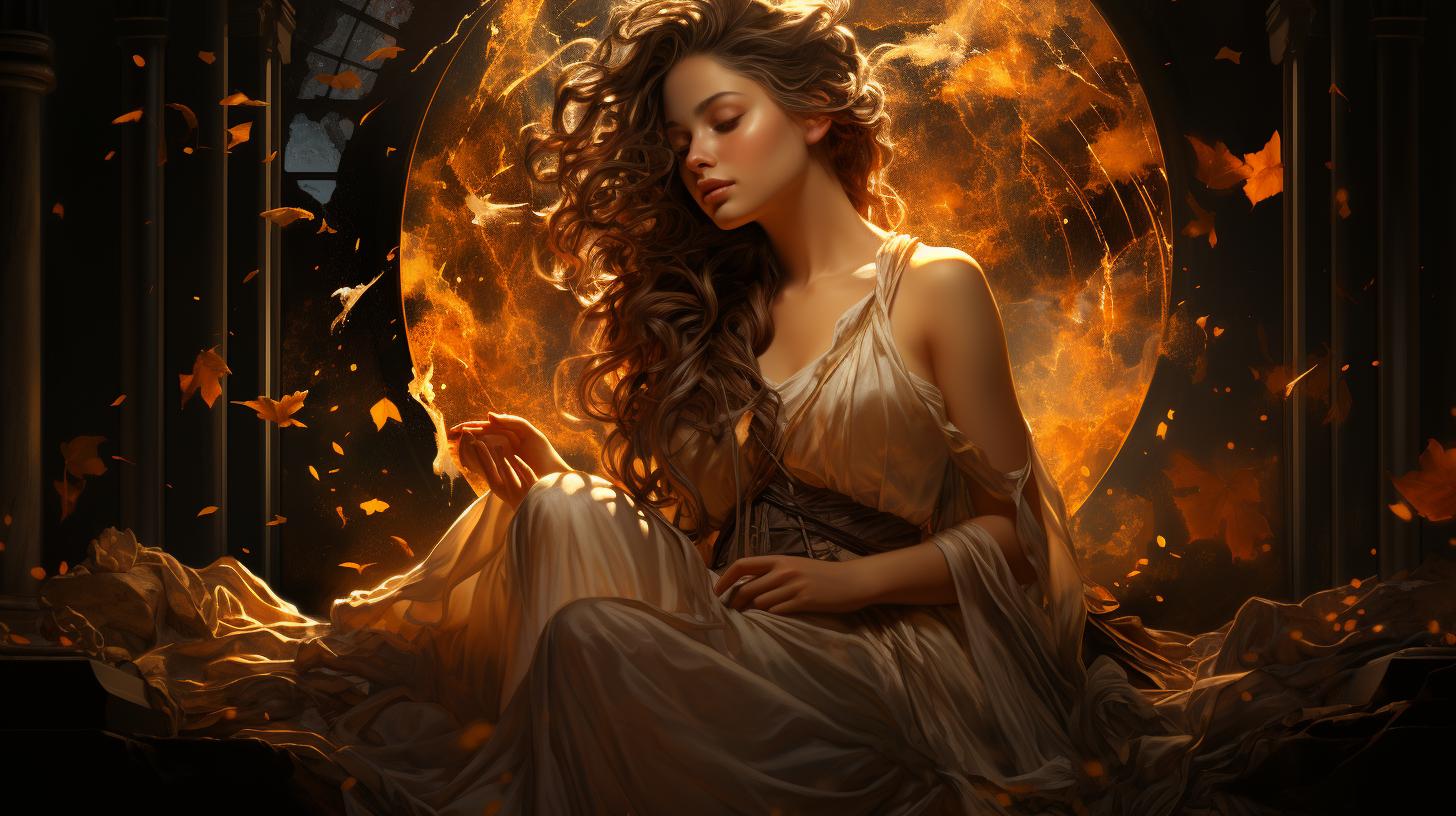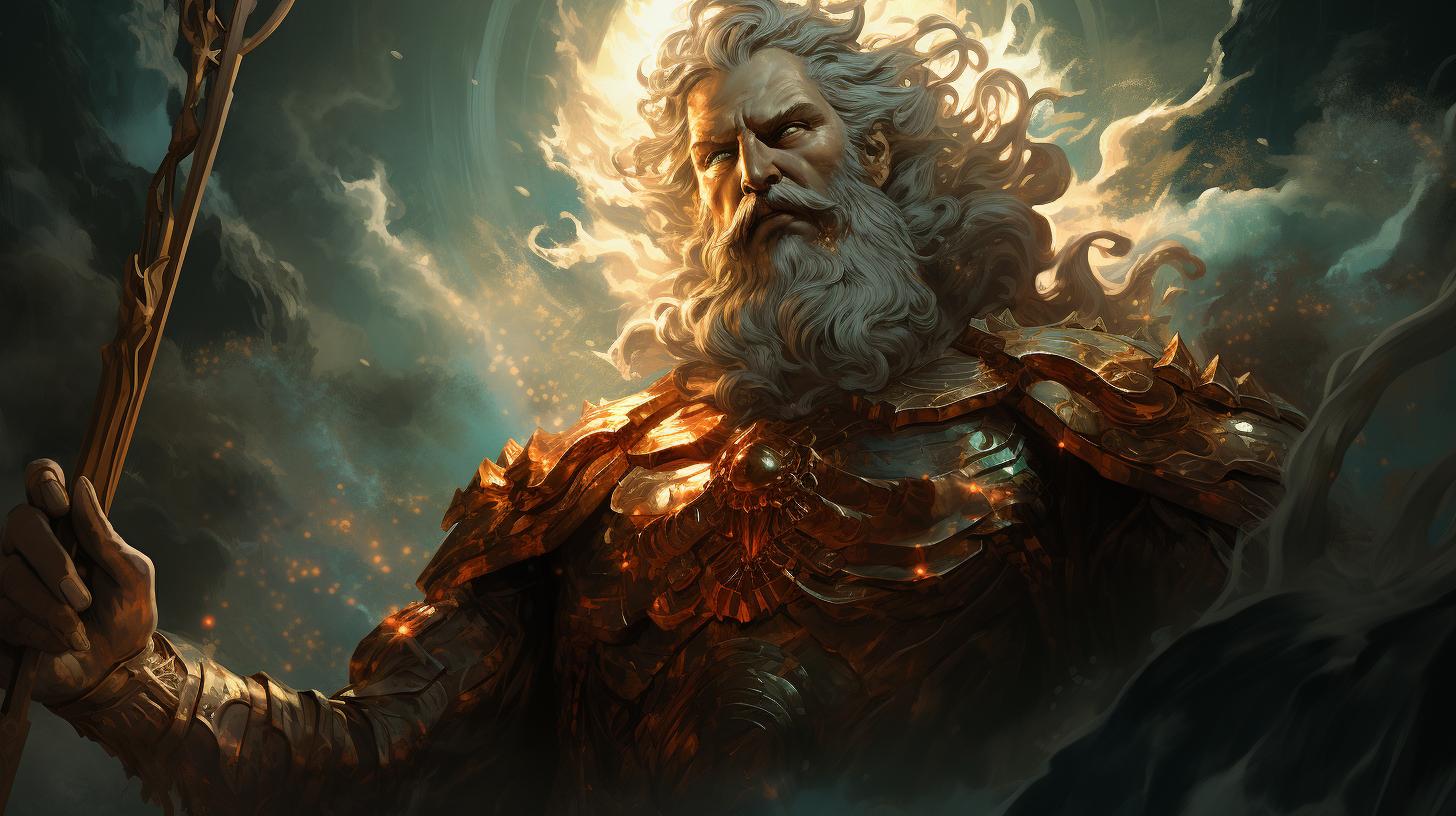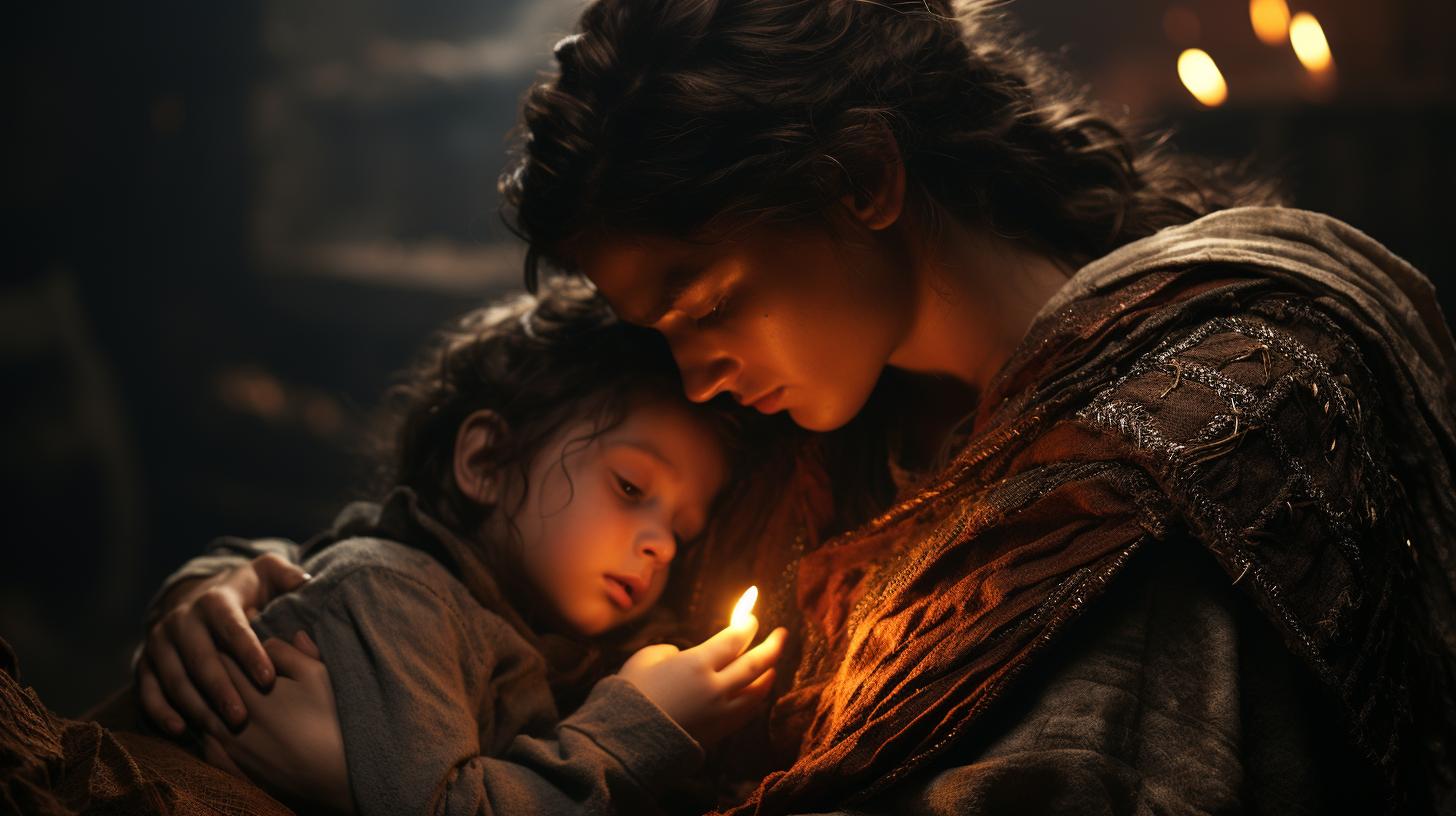Greek Goddess Hebe: The Eternal Youth Bringer
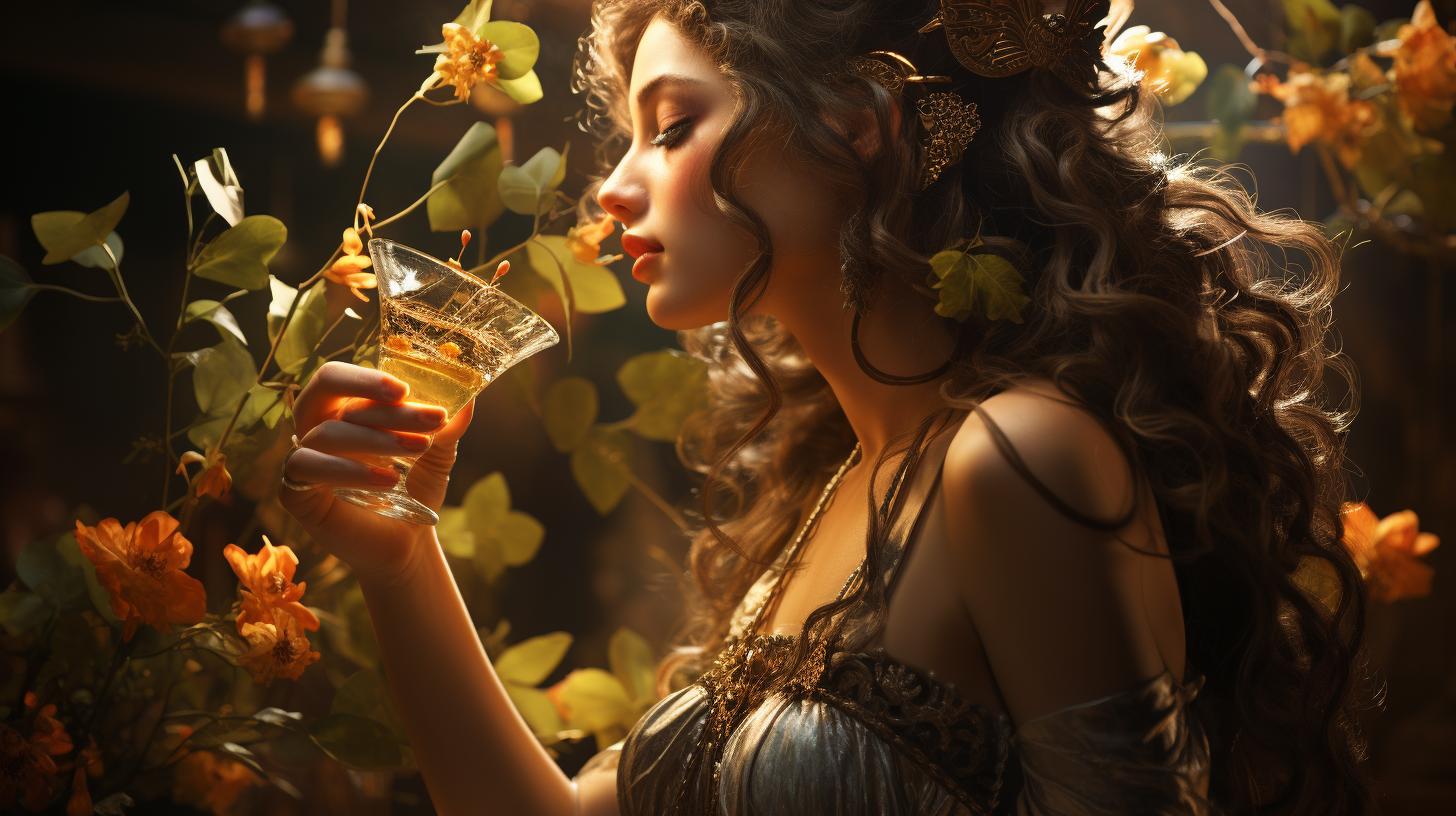
Greek goddess Hebe, daughter of Zeus and Hera, plays a significant role in Greek mythology. As the cupbearer of Mount Olympus, she serves the gods nectar and ambrosia in golden cups.
Often depicted as a young virgin with a cup and flower crown, Hebe is accompanied by an eagle, symbolizing Zeus. Described as the most beautiful goddess by Pindar and praised for her attractive ankles by Homer, Hebe is renowned for her ability to restore youth to mortals.
Her marriage to Hercules and their two children further add to her intriguing story. Additionally, she is worshipped for forgiveness and mercy in places like Sicion and Phlius, while also revered as Juventas in Rome.
Various artistic representations and mentions in classical literature showcase her significance.
The Origins of Hebe: Greek Mythology and the Family Tree
In Greek mythology, Hebe is a significant figure known as the goddess of youth. Understanding her origins requires exploring her family tree and her divine parentage.
The Parentage of Hebe: Zeus and Hera
Hebe is the daughter of the mighty Greek god Zeus and his wife, Hera. Zeus, the king of the gods, and Hera, the queen of the gods, bestowed their divine traits upon Hebe, making her a goddess in her own right.
Siblings of Hebe: Ares, Eleutheria, the Graces, the Parcas, and the Horas
Hebe shares lineage with several other esteemed gods and goddesses. Her siblings include Ares, the god of war, Eleutheria, the goddess of childbirth, as well as the Graces, the Parcas, and the Horas.
This illustrious family demonstrates Hebe’s divine connections and further solidifies her place within Greek mythology.
Understanding the origins and family ties of Hebe provides insight into her divine heritage and sets the stage for delving deeper into her role and significance in Greek mythology.
Hebe’s Role as the Cupbearer of Mount Olympus
Hebe, the Greek goddess of youth, held a significant role as the cupbearer of Mount Olympus, serving the gods and goddesses with nectar and ambrosia, the divine food and drink that granted immortality.
Her task was to offer these delicacies to the celestial beings, ensuring their eternal youth and vitality.
Serving Nectar and Ambrosia to the Gods
In her divine duty, Hebe meticulously poured the nectar into golden cups, representing her status and importance in the realm of the gods. With graceful movements, she distributed the cups filled with ambrosia, known for its sweet and intoxicating fragrance, to please the deities and maintain their immortal essence.
Representations of Hebe: A Virginal Goddess with a Golden Cup and Flower Crown
Depicted in various forms of art, Hebe is often portrayed as a young virgin goddess, radiating beauty and purity. She holds a golden cup, symbolizing her role as the cupbearer, and wears a delicate crown adorned with flowers, which further accentuates her association with the vibrancy of youth.
Symbolism: The Eagle as a Representation of Zeus
Hebe is frequently accompanied by an eagle, an emblematic representation of her father Zeus. This majestic bird of prey serves as a symbolic connection to the king of the gods, highlighting Hebe’s divine heritage and the significance of her role in the divine realm.
As the cupbearer of Mount Olympus, Hebe’s presence and service were integral to the harmonious existence of the gods. Her commitment to rejuvenating the deities with nectar and ambrosia embodies the essence of eternal youth and vitality within the realm of Greek mythology.
Beauty and Youth: Descriptions of Hebe in Classical Literature
Hebe, the Greek goddess of youth, has been praised for her unparalleled beauty and eternal youthfulness in various classical literary works. Poets and authors have depicted her charm and physical allure, emphasizing different aspects of her divine presence.
Pindar’s Praise: Hebe as the Most Beautiful Goddess
In Pindar’s verses, Hebe is celebrated as the epitome of beauty among the gods. Her flawless features and radiant aura surpass all other goddesses, captivating even the most divine figures. The poet eloquently describes Hebe’s ethereal appearance, highlighting her grace and magnificence.
Homeric Hymns: Acknowledging Hebe’s Alluring Ankles
Within the Homeric Hymns, specific attention is drawn to Hebe’s elegant and enchanting ankles. This emphasis illuminates her physical perfection, as even the minutest details of her being possess an irresistible charm.
Her anklets, delicately adorned, enhance her divine presence and contribute to her overall allure.
These written accounts immortalize Hebe’s beauty and youth, showcasing her as a symbol of perfection and admiration in Greek mythology.
They depict her as a goddess whose radiance far surpasses that of any mortal, captivating all who encounter her divine presence.
Hebe’s Power of Youth Restoration
In the realm of Greek mythology, Hebe is renowned for her divine ability to restore youth. She dedicates herself to the noble task of rejuvenating mortals through her unique powers.
Hebe’s unwavering commitment to this pursuit showcases her compassion and benevolence towards humankind.
Devoting Herself to Returning Youth to Mortals
Hebe selflessly dedicates her existence to the restoration of youth for deserving individuals. With unwavering devotion, she embraces her role as the bestower of eternal youth, aiding those who seek vitality and rejuvenation.
This divine trait allows her to provide solace and hope to mortals in their quest for everlasting youth.
Instances of Hebe Revitalizing Mortals with Youth
Throughout Greek mythology, numerous accounts highlight Hebe’s remarkable power in revitalizing mortals. She bestows her gift of eternal youth upon those who prove their worthiness, granting them renewed strength and vigor.
These recipients of Hebe’s blessings become living testaments to her extraordinary ability to reverse the effects of time and bestow everlasting youth.
In tales that have transcended generations, individuals who have received Hebe’s restorative touch are described as being imbued with a newfound energy, their physical appearance rejuvenated to its prime.
As beneficiaries of Hebe’s grace, these mortals are empowered to embrace life fully and pursue their dreams with youthful enthusiasm.
Her power of youth restoration not only serves as a source of hope and inspiration but also as a reminder of the boundless potential that lies within every human being.
Through Hebe’s intervention, mortals are given a second chance, granted the opportunity to rewrite their own stories and make the most of their rejuvenated lives.
As we uncover the extraordinary power of Hebe’s youth restoration, we delve into the realm of divine intervention and witness how her blessings have the ability to transform the lives of mortals, offering them a chance at eternal vitality and a bright future.
Hebe’s Journey: Marriage to Hercules and Motherhood
Hebe’s Marriage to Hercules and Their Offspring
Following her duties as the cupbearer of the gods, Hebe embarked on a new chapter of her life as she entered into a sacred union with the renowned hero Hercules. Their marriage was a symbol of strength and beauty coming together, as Hebe’s eternal youth complemented Hercules’ mighty powers.
Together, Hebe and Hercules bore two children who would continue their legendary bloodline. Their firstborn was Alexiares, a valiant demigod known for his skill in defending against external threats. The second child, Anicetus, possessed an unwavering spirit and contributed greatly to the preservation of their family’s legacy.
Hebe’s marriage to Hercules was not only a union of two powerful beings, but it also represented the merging of divinity and mortality. Their offspring embodied the best traits of both parents, combining the strength and courage of Hercules with the eternal youth and grace of Hebe.
Conclusion
The marriage of Hebe and Hercules marked a significant milestone in the life of the Greek goddess of youth. It showcased her ability to form meaningful relationships and create a lasting family.
Through this union, Hebe’s journey extended beyond her role as a cupbearer, establishing her as a symbol of eternal love and maternal devotion.
Hebe’s Worship and Reverence around the Ancient World
Hebe, the Greek goddess of youth, was revered in different regions of the ancient world for her association with forgiveness and mercy.
Her worshippers recognized her as a deity who offered solace and compassion to those in need.
Hebe as the Goddess of Forgiveness and Mercy in Sicion and Phlius
In the ancient Greek cities of Sicion and Phlius, Hebe held a significant place as the goddess of forgiveness and mercy. The local inhabitants sought her patronage and turned to her in times of guilt or transgression, believing that she could grant them absolution and offer a fresh start.
Hebe’s temples in these cities were adorned with offerings and tributes from her devoted followers, who sought her benevolent intercession in their lives.
Worship of Hebe as Juventas in Rome
In Rome, the worship of Hebe continued under the name Juventas, as the Romans identified her with their own concepts of youth and vitality.
They revered her as a symbol of everlasting youth and recognized her power to grant rejuvenation and renewal. Temples dedicated to Juventas stood as focal points for Roman worshippers, and her festivals were celebrated with great fervor and admiration.
Both within the Greek city-states and among the Romans, Hebe was venerated for her capacity to offer forgiveness, bestow mercy, and inspire a sense of rejuvenation. Her worshippers sought solace in her presence and revered her as a divine figure who could grant them a new beginning.
Depictions of Hebe in Art and Literature
In the artistic world, Hebe has been a popular subject, with various representations showcasing her beauty, grace, and significance within Greek mythology. Let’s explore some of the different ways Hebe has been depicted in art and mentioned in classical literary works.
Various Artistic Representations of Hebe with Zeus and Hercules
Throughout history, artists have captured the essence of Hebe, often portraying her in the company of her father Zeus and her husband Hercules. These artistic renditions highlight her role as the cupbearer of the gods and her divine connection to both Zeus, the king of gods, and Hercules, the mighty hero.
In these artworks, Hebe is portrayed as a youthful and radiant figure, adorned with a golden cup and a crown of flowers. Her elegance and grace are depicted through delicate brushstrokes and intricate details, emphasizing her status as the goddess of youth.
The artistic depictions of Hebe alongside Zeus and Hercules serve to symbolize her important relationships and her integral role within Greek mythology. These paintings and sculptures not only showcase her physical beauty but also capture the essence of her divine duties and familial connections.
Mentions of Hebe in Classical Literary Works
Hebe’s significance is not only reflected in visual arts but also in the timeless realm of classical literature. Her beauty and allure have been mentioned and praised by renowned poets and writers, leaving lasting impressions within their works.
Pindar, the Greek lyric poet, describes Hebe as the most beautiful goddess, emphasizing her captivating charm and divine radiance. Homeric hymns also acknowledge her attractiveness, specifically praising her enchanting ankles.
These literary mentions showcase Hebe’s appeal and emphasize her role as a symbol of eternal youth and beauty.
Her presence in classical literature solidifies her importance within ancient Greek culture and reinforces her status as a beloved and revered figure.
- Artistic representations of Hebe with Zeus and Hercules highlight her significance and divine connections.
- Hebe’s beauty and allure are praised in classical literary works.
.

